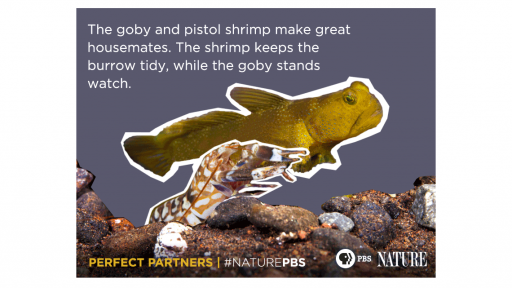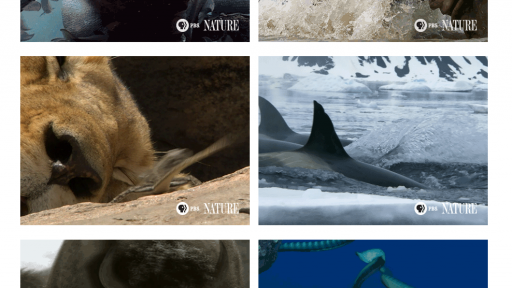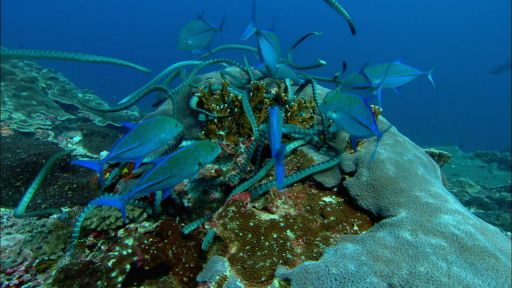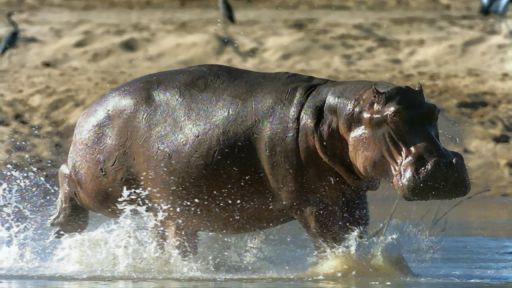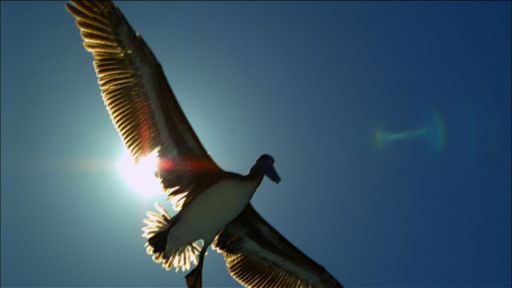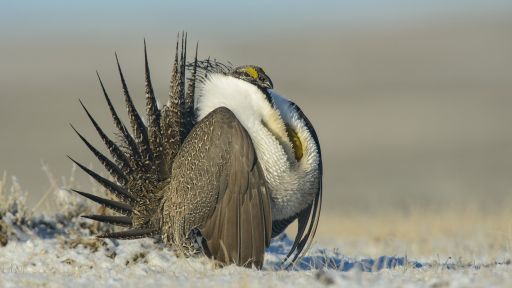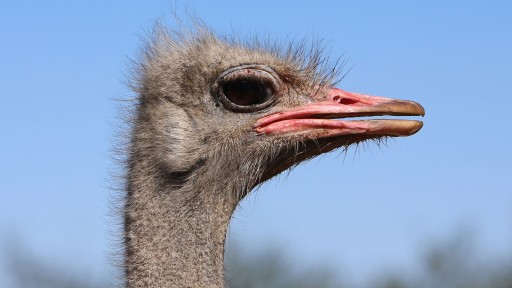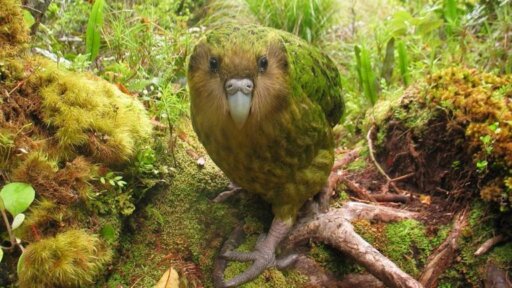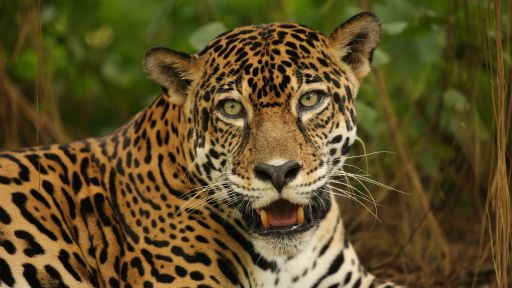It won’t come as any surprise that survival is the number one goal in the animal kingdom. But to ensure success on a continual basis, many creatures have opted to form alliances rather than go it alone. There are all kinds of partnerships to fulfill different needs, but as this film explains, these relationships are not only between animals of the same species. What is really astonishing is that completely unrelated species also form unlikely collaborations to succeed in the wild. Nature’s Perfect Partners travels around the world to profile an array of such animals who have joined forces.
The program offers examples of how partnerships between unrelated species, such as lions and lizards, work. Although they can be a lion’s food source, lizards feed on the constant flies buzzing around the lions as they try to nap after a hearty meal of wildebeest. It is a win-win situation for both: the lizards feast on flies while the lions get an undisturbed siesta. In another segment, providing protection is what the goby, a small warm water fish, does for its housemate the shrimp, which is almost completely blind. The goby looks out for the shrimp when the latter ventures outside its shelter. The shrimp even flicks one of its antennae continually over the goby to make sure its partner is always nearby. Other unlikely couples include tarantulas and toads; hippos and little fish called barbells; as well as silver tip sharks and jacks, small saltwater fish.
The film also documents how other animals build partnerships with their own kind in order to survive. Teamwork is a trait practiced by elephants who live in large social groups, often spanning generations. The program shows how members of a herd quickly react when an inexperienced mother unknowingly puts her newborn calf in jeopardy crossing a mud pan and river. Other segments, documenting the power of collaboration within the same species, feature the strategies of a wolf pack, a pod of killer whales, a group of silver ants, and a large hyena clan.
As Nature’s Perfect Partners emphasizes, these animal alliances require coordination, resourcefulness, intelligence, and at times, bravery, as staying alive often comes with an element of risk. But it also cites another partnership, between animals and humans, which has existed for centuries. However, this relationship has chiefly consisted of people using wild animals to their own advantage, with the exception of a time-honored collaboration in East Africa among the local Masai and the honeyguide bird. Whether for protection, nourishment, assistance or guidance, the film concludes, it’s simply smart for species to join forces.

